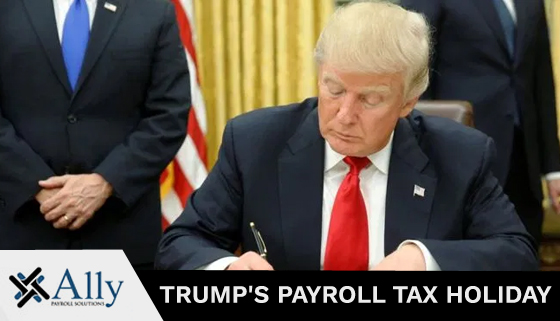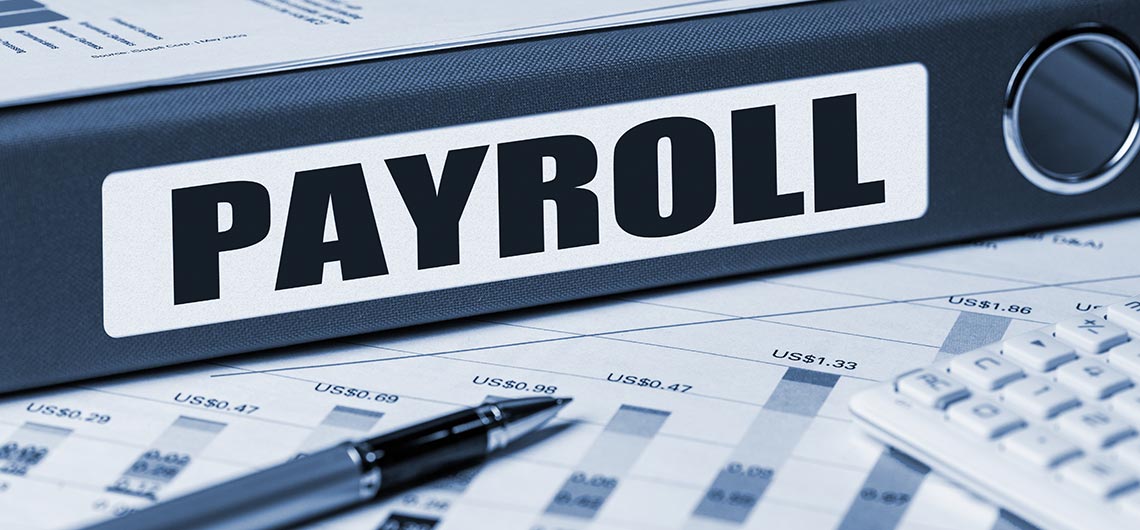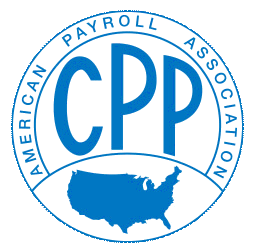An order of memorandum signed by President Donald J. Trump in early August provides a “payroll tax holiday” for American workers from September 1st through December 31st, 2020.
Questions abound about the newly instated federal exemption allowing companies to defer part of an employee’s taxes until the end of the year for some relief during the economic downturn caused by the Covid-19 pandemic.
Let’s see if we can answer some of those questions.
Payroll Tax Holiday
The “payroll tax holiday” aims to put more money in employees’ paychecks by temporarily suspending the usual tax deductions for Social Security and Medicare taxes. These taxes would be deferred until 2021, when employees would pay back those taxes.
Companies such as United Parcel Service (UPS) have passed on the voluntary deferral, stating concerns about the employees’ ability to pay the amount back in 2021. A chart below shows the average amount deferred, and what would need to be paid back in the new year.
Eligible Employees
All employees earning less than $104,000 are eligible to participate. The $104,000 limit is calculated by taking the employees gross wages and subtracting deductions made to qualified health plans. An employee earning slightly more than the $104,000 limit could still qualify if they contribute through payroll deductions to their health insurance.
Those on unemployment, retired, or not working for other reasons are not eligible for the tax deferral.
Amount To Be Deferred
This amount is calculated by multiplying the Social Security taxable wages by 6.2%. The employee would then see the additional funds in their paycheck until the end of the year. The chart below provides some approximate examples.
| Hourly Rate | Gross Pay for 40 hours per week | Amount Deferred per weekly payroll | Amount Deferred through December 31 |
| $10 | $400 | $24.80 | $446.40 |
| $15 | $600 | $37.20 | $669.60 |
| $20 | $800 | $49.60 | $892.80 |
| $25 | $1000 | $62.00 | $1116.00 |
| $30 | $1200 | $74.40 | $1,339.20 |
Employer Responsibility
Companies that suspend collection of Social Security and Medicare taxes from employee pay would collect additional amounts from January 1, 2021 until April 30, 2021 to repay the tax obligation. This would increase the Social Security taxes withheld on the employee during the repayment period to 12.4% per pay period.
The employer remains liable for collecting the employees share of the taxes, payable to the IRS during the first four months of 2021. The employer remains liable for these taxes even if the employee is terminated or voluntarily leaves the company.
The federal government is working on ways to give guidance to companies on how to use the payroll deferral, but there are no definitive rules as of now.
Employers also face challenges with changing payroll systems to allow for the tax deferral and repayment. This is not always an easy task, and it may take an organization a considerable amount of time to implement. As always, a well-organized payroll system is key to accomplishing all these new tasks.
A form 941, released by the IRS on August 28th, defines the parameters of the new tax deferral. As already mentioned, participation by companies in this federal tax deferral is strictly voluntary.
We await further communication on the issue.
Robert Schwan, founder and president of Ally Payroll Solutions, is a Certified Payroll Professional (CPP), considered the highest certification for payroll professionals. He has worked in the payroll and human resources industry for more than 25 years.





Comments